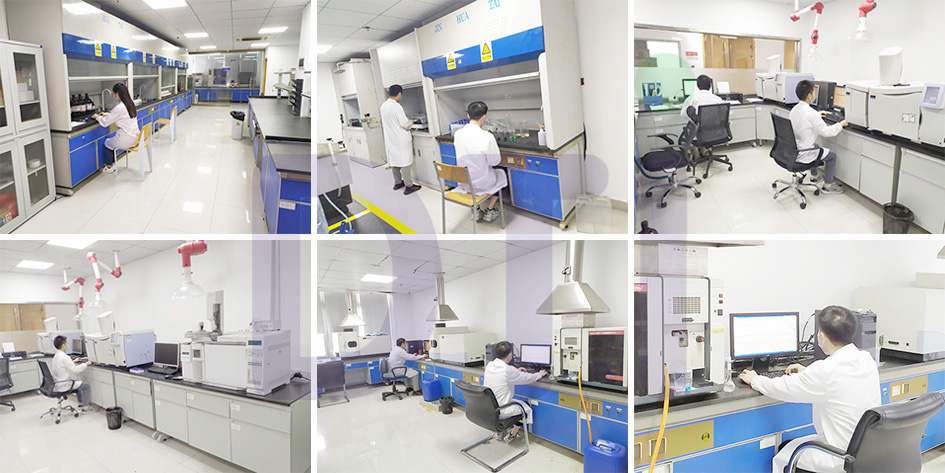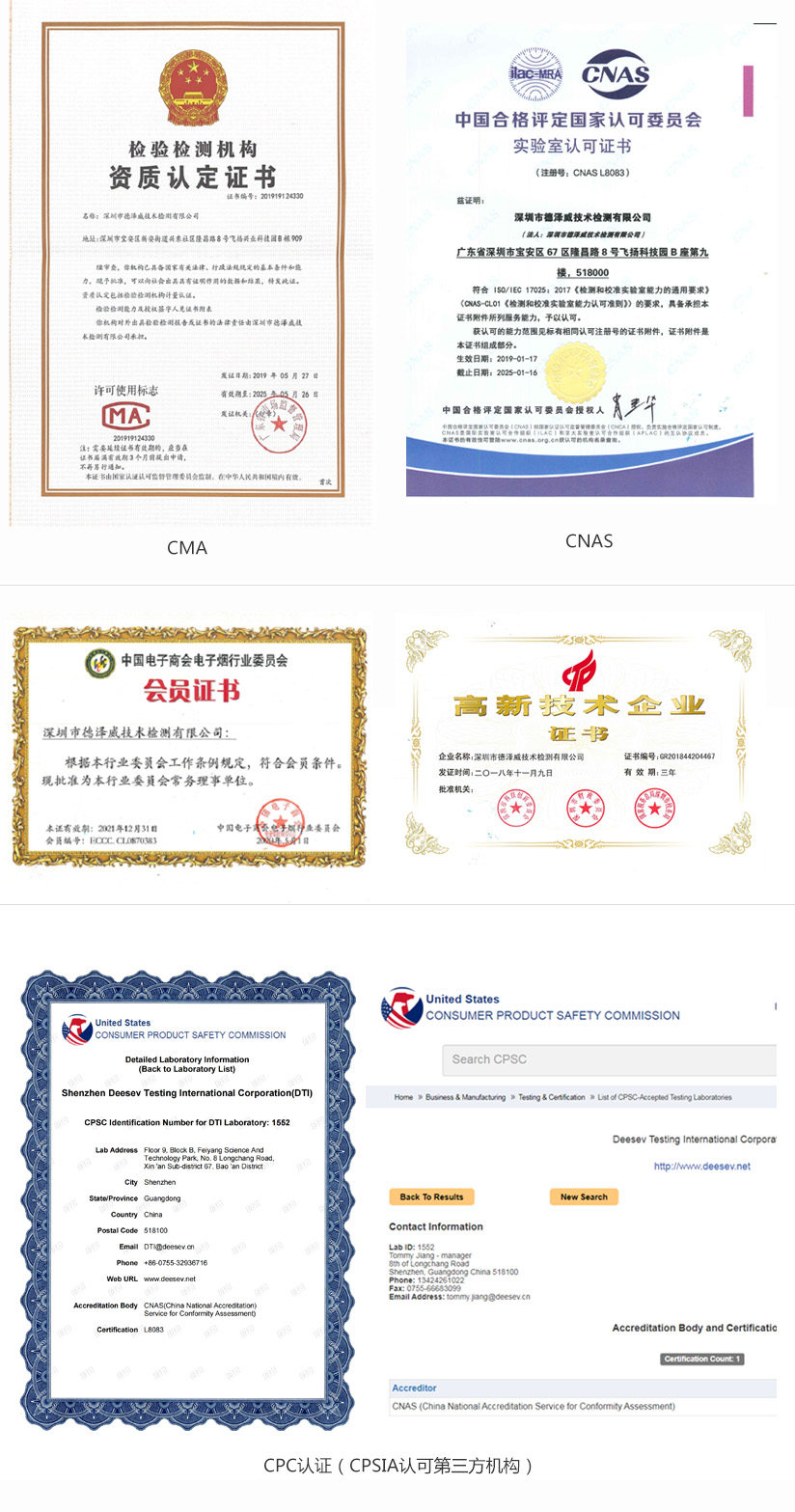- Add to favorite
- Wechat

- Corporate Email
- CN
- EN


Perhaps the most common deviation of ISO 8124 from various national standards is the labeling requirement, as it is difficult for international agencies to establish clear wording for countries that speak different languages. The labeling standards here are largely universal, so even if you follow ISO 8124 strictly, you should pay special attention to the labeling (and language) requirements of your target market.
ISO 8124 Part 2: 2014: "Flammability"
This section deals with the potential for all toys to catch fire at the slightest source of ignition. According to the standard, special attention is paid to toys:
1. Intended to be worn (costumes, wigs, false mustaches and beards, masks, turbans, headwear, etc.)
2. Toys for children to enter
3. Soft stuffed toys (stuffed animals, dolls) with plush or fabric surfaces.
ISO 8124 Part 3: 2020: "Migration of certain elements"
The chemical content of toy products has come under increasing scrutiny as more traditional manufacturing materials are found to be harmful to children's health. Toys are often in contact with children's skin (and babies' mouths), so substances can easily be absorbed or ingested.
This standard specifies acceptable substance threshold levels for migration of antimony, arsenic, barium, cadmium, chromium, lead, mercury and selenium, as well as sampling and extraction methods prior to testing.
Toy materials for which acceptable migration levels have been established include:
1. Coatings (paints, varnishes, paints, inks, polymers)
2.Laminate
3. Paper and cardboard
4. Natural and synthetic textiles
5. Metal materials
6. Modeling materials (clay, gel)
7. Paint for children
8. Materials used for packaging
ISO 8124 part 4:2014 & A1+A2:2019: "Swings, slides and similar activity toys for indoor and outdoor use in the home"
This section deals with home playground equipment, also classified as "activity toys" - "mass designed to support one or more children" - such as swings, slides, seesaws, merry-go-rounds, rocking toys, climbing frames, Enclosed toddler swings are used to carry seats and other products that carry one or more child masses.
Safety standards cover all aspects of these activity toys, such as:
1. Anchor (the device used to connect the product to the ground)
2. Barrier (device used to prevent children from falling from heights)
3. Stuck (body or clothing may get stuck in part of the product)
4. Forced movement (devices used by children swing, slide, swing or rotate).
Part 5: 2015: "Determination of the total concentration of certain elements in toys"
Part 5 is linked to Part 3 "Migration of Certain Elements". It defines a method for determining the total concentration of elements specified in ISO 8124.3:2020.
Any material with a total concentration limit below the specified threshold may also be considered for compliance with ISO 8124 Part 3.
Part 6: 2018: “Certain Phthalates in Toys and Children’s Products”
Over the past few decades, research has brought new focus to the potential hazards of these commonly used plastic softeners. Because they are used as intermolecular "lubricant" and are not chemically bonded to the host material, phthalates, especially those with low molecular weight, are easily separated from plastics. Phthalate residues, when ingested or absorbed by the body, have been linked to long-term developmental disorders, such as hormonal development disorders and reproductive disorders.
The EU introduced its first major phthalate restrictions in 1999, restricting the use of six phthalates. In 2008, the United States and China implemented similar phthalate limits.
The objective of this section is not to establish prescriptive limits for phthalates in toy materials – ISO recognizes national standards establishing these limits – but to establish a standard method for conformity assessment.
Part 7: 2015+2020A1: "Requirements and test methods for finger paint pigments"
Because of the tactile nature of finger painting, and the fact that these substances inevitably enter the child's body through the mouth, eyes, and skin, this section focuses on the use of safe ingredients and limits on impurities that may be present in these ingredients (either naturally occurring or during production exist in the process).
ISO makes it clear that the standard applies specifically to finger paints and not to paints for the face or body.
This section describes substances such as colorants, humectants (which help delay drying), binders and preservatives, as well as specific packaging and labeling requirements.
ISO/TR 8124 Part 8: 2016: "Guidelines for age determination":
One of the most important first steps in toy development is determining the appropriate age for use of the toy product. Part 8 is a technical report harmonized with major national standards (EN-71 and ASTM F963) so that reliable guidance can be used to provide information on the age at which children begin playing with certain toys. It will be useful to toy manufacturers and conformity assessment bodies, as well as toy product safety organizations and individual parents.
In essence, international harmonization of toy safety standards aims to:
1. Reduce test redundancy
2. Close the toy safety testing gap
3. Allow more diverse countries to invest in improving current standards
4. Produce more unified technical reports – such as ISO Part 8 “Guidelines for age determination”
5. Eliminate differences and oversights between toy companies and their factories.
Laboratory style
Dezewei DTi Testing is an independent third-party testing organization in China. It has CNAS/CMA qualifications/chemical analysis technical team/has accumulated many years of experience in the field of atomizers. It can provide you with more information based on the latest control requirements for atomizers. Professional and more reliable testing and registration services. Dezewe Laboratory is established and implemented in strict accordance with ISO/IEC17025:2005 standards. It has passed the China National Accreditation Service for Conformity Assessment (CNAS: L8083)/Measurement Certification (CMA) and is fully qualified to issue third-party testing reports.

Honors and Qualifications
CNAS/CMA/CPSC qualification/national high-tech enterprise


 Shen Gongwang Security: 44030602006947
Shen Gongwang Security: 44030602006947
报价二维码